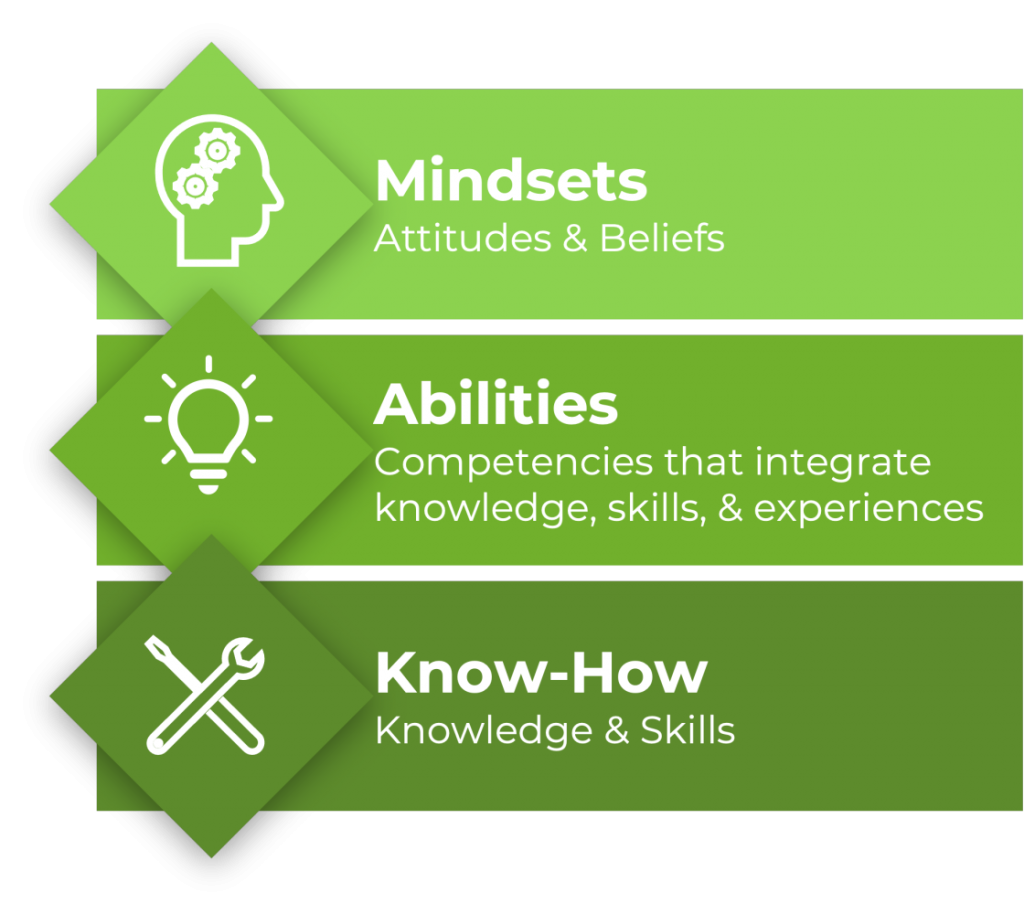
GUEST POST from Soren Kaplan
Agility, the ability to think fast and move quickly, is an imperative for every team this year.
That’s because there’s never been more uncertainty – around technology, the economy, global-political turmoil, and just about everything else.
I’ve led teams in both big companies and startups. I’ve built new teams. And I’ve helped fix dysfunctional ones.
There’s no shortage of research on the success factors for creating high-performing teams. In a landmark study, for example, Google identified “psychological safety” as the top characteristic of its most successful teams. Teams with people who feel safe to take risks and be vulnerable with one another showed better results.
Psychological safety is indeed important. Yet we can’t lose sight of another critical success factor for navigating today’s highly uncertain world, especially in 2023: agility.
Three Steps to Strategic Agility
The concept of “agility” in business originated from the field of agile software development. Agile software development involves “sprints” in which teams define short-term goals (typically two weeks), work diligently to achieve them, and then apply what they learned from the sprint to their next sprint’s goals.
Any team can apply the principles of agile software development to create greater overall agility. Whatever your team’s cadence of work, consider using the following approach to structure your work:
- Define short-term goals: What do you need to accomplish by the end of your sprint?
- Do the work: What work must be done and how will you do it?
- Evaluate progress: Based on what you achieved, what did you learn, and what’s the next logical set of short-term goals?
Approach these steps as a repetitive cycle. For example, you might have a project you expect to take three months to complete. Most traditional teams might go through a single cycle — they define their end goal, create a three-month plan, do their work, and then after the three months are up, they reflect on their progress.
If you were to work in two-week sprints during the three-month project, however, you would have five cycles of defining goals, achieving them, and then applying your learning to make your project even more effective along the way. The agile approach accelerates and leverages continuous learning, which reduces the overall risk of your project.
Instill Agile Mindsets, Abilities, and Know-How Into Your Team
The definition of agility isn’t just about being adaptable. Agility is the ability to think and understand quickly, so you can move faster and easier. It’s a mindset. That’s why it’s important to instill specific attitudes and beliefs in your team around the importance of being flexible and accepting that goals and work can, and should, change on a regular basis.
In my latest book, Experiential Intelligence, I highlight the importance of understanding and developing your team’s mindsets, abilities, and know-how.

From the book Experiential Intelligence
For example, consider reinforcing the following mindsets, delivering training to build certain agile abilities, and providing certain tools to help your team apply specific skills as you implement your projects:
Mindsets (attitudes and beliefs)
- Flexibility is a key success factor
- Assumptions always exist but can be tested
- Iteration drives learning and success
Abilities (high-level competencies)
- Strategic thinking
- Pattern recognition
- Learning by doing
Know-how (knowledge and skills)
- Project and task prioritization
- Assumption testing
- “Five whys” analysis
Agile teams possess mindsets focused on moving quickly and modifying plans on a regular basis. It’s the exact opposite of how many big companies set annual plans and stick to them no matter what. Agile teams go from sprint to sprint, challenging their mindsets and identifying the abilities and know-how necessary to achieve the goals of the following sprint. That is, before they complete a sprint, they’ve already started planning for the next one. Agility becomes a core competency of the team, supported by know-how in agile methodologies and tools.
As we’ve seen over and over, every product, service, and business model eventually gets disrupted. Agility may ultimately be your only source of sustainable competitive advantage.
BONUS: Get a free sample chapter from my latest book Experiential Intelligence – here.
Image credit: Pixabay
![]() Sign up here to get Human-Centered Change & Innovation Weekly delivered to your inbox every week.
Sign up here to get Human-Centered Change & Innovation Weekly delivered to your inbox every week.
Pingback: Top 10 Human-Centered Change & Innovation Articles of January 2023 | Human-Centered Change and Innovation